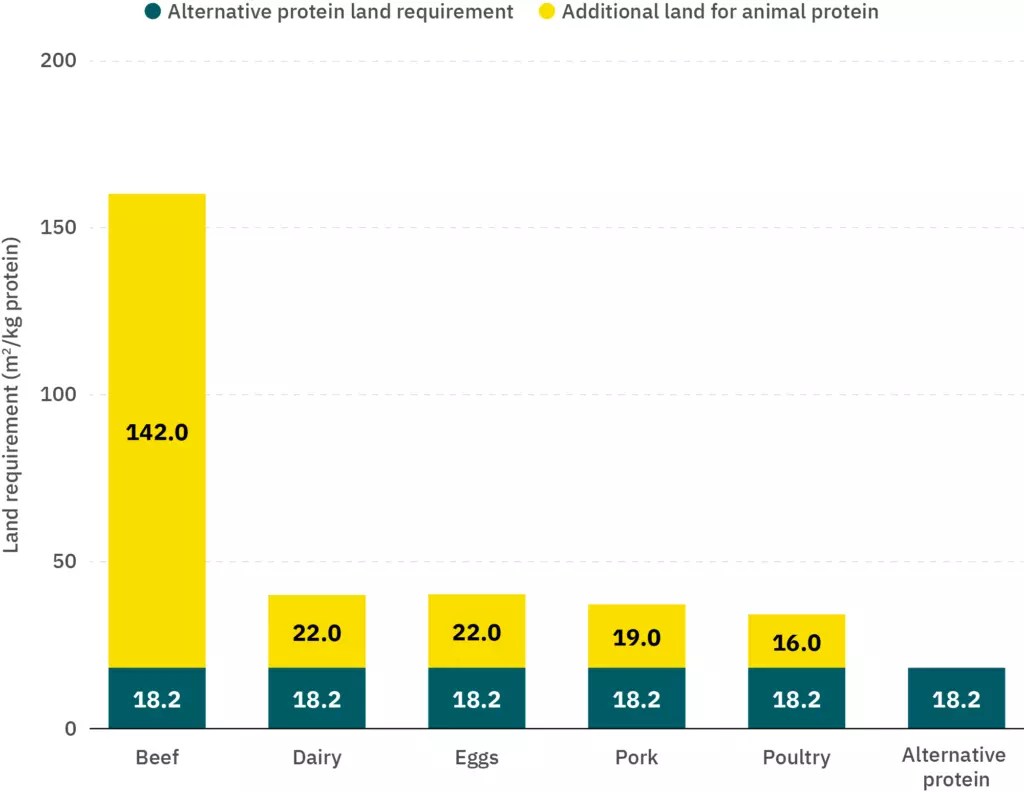The large-scale uptake of alternative proteins could help to significantly transform land use through the APAC region, according to research from the Good Food Institute (GFI) APAC.
Comparing data with the GFI report “Transforming land use: Alternative proteins for U.S. climate and biodiversity success”, an addendum by GFI APAC found that the APAC region has significant potential in this regard. That’s as the region represents roughly 19 percent of global forest, while Asia contains the largest proportion of global wetlands at 32 percent.
GFI APAC notes that extensive agricultural land use is present in the APAC region, notably India (60 percent), mainland China (55 percent), Australia (47 percent), Thailand (46 percent), and the Philippines (43 percent).
In addition, the region also holds a high proportion of land for permanent grazing of livestock comparable to the US with regards to China (75 percent) and Australia (91 percent).

The think tank points out that this is a particularly crucial consideration for Australia, where only 12.5 percent of agricultural land is used for modified pasture, whilst 79 percent is for grazing of native vegetation.
A 2023 report by Asia Research and Engagement calculated that for Asian countries to reach their net-zero climate goals in line with the Paris Agreement, a significant transformation of the food system towards alt proteins will be necessary.
GFI APAC emphasises that carbon sequestration from land restoration enabled by alt proteins could serve as an important lever to help achieve climate and biodiversity goals for APAC countries, with particular emphasis on China.
The think tank refers to data showing that considering global forest ecosystem restoration of key agricultural land facilitated by plant-based meat and milk uptake doubles the calculated climate dividend of a 50 percent dietary shift—with the largest impact generated by China—whilst two of the largest biodiversity preservation beneficiaries would be China and Southeast Asia.
To stay up-to-date on the latest industry headlines, sign up to Future Alternative’s enewsletter.
Posted on:


